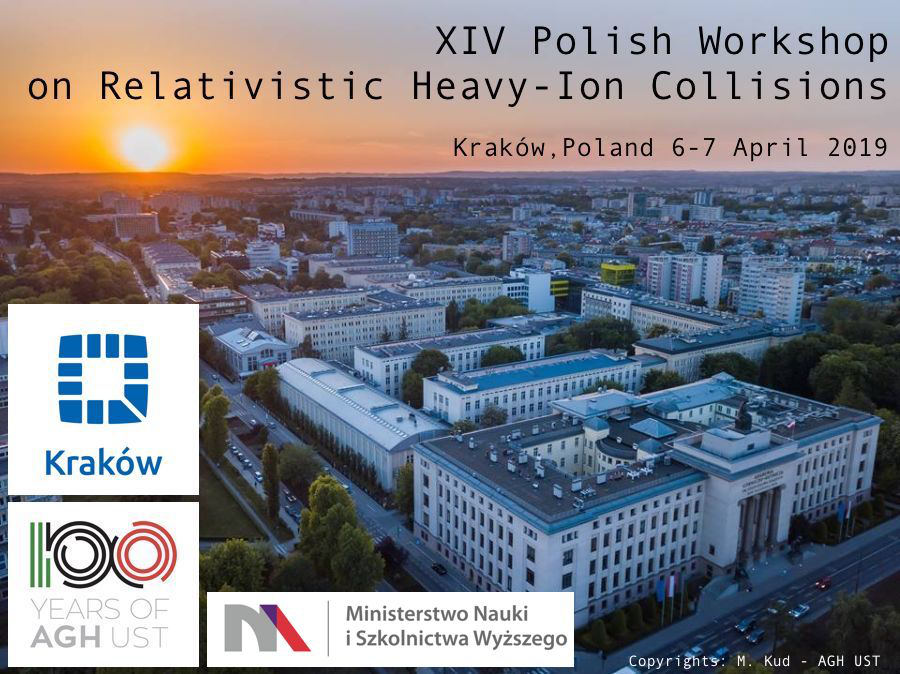Speaker
Description
Two-particle angular correlations are a robust tool which allows the exploration of the underlying physics phenomena of particle production in collisions of both protons and heavy ions by studying the distributions of angles in ∆η∆ϕ space (where ∆η is the pseudorapidity difference and ∆ϕ is the azimuthal angle difference between two particles). These correlations open up the possibility to study a number of mechanisms simultaneously. Many phenomena, including mini-jets, elliptic flow, Bose-Einstein correlations, resonance decays, conservation laws, are sources of correlations. Each one produces a characteristic distribution in ∆η∆ϕ space and contributes to the final shape of the correlation function.
Latest measurements of correlations of identified particles show differences in particle production between baryons and mesons. The correlation functions for mesons exhibit the expected peak dominated by effects of mini-jet fragmentation and are reproduced well by general purpose Monte Carlo generators. For baryon pairs where both particles have the same baryon number, a surprising near-side anti-correlation structure is observed instead of a peak, implying that two such particles are rarely produced with similar momentum. These results present a challenge to the contemporary models and there is no definite theoretical explanation of the observation.
In this talk I will present an overview of latest baryon correlation measurements yielding startling results that are currently not understood.




